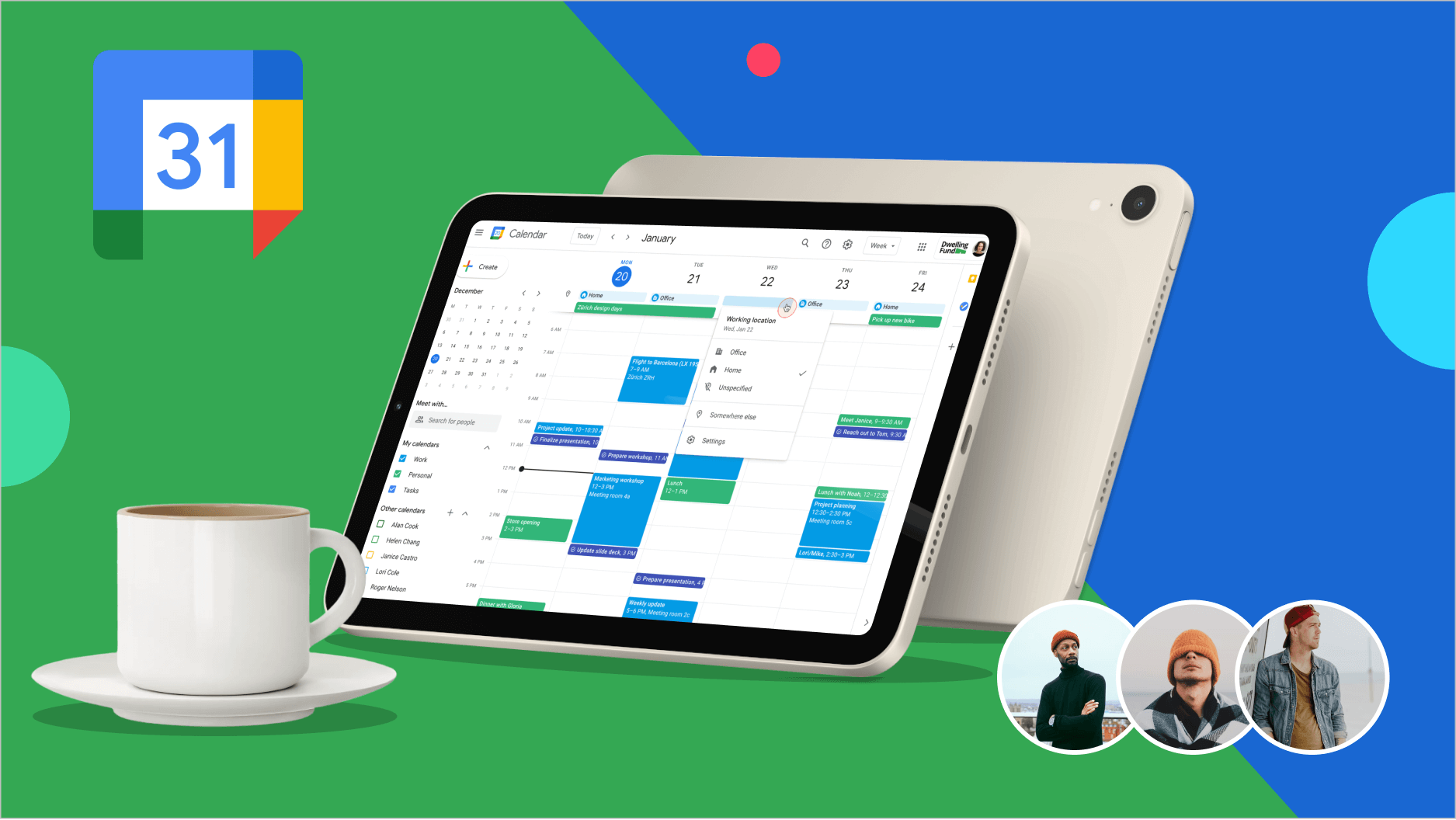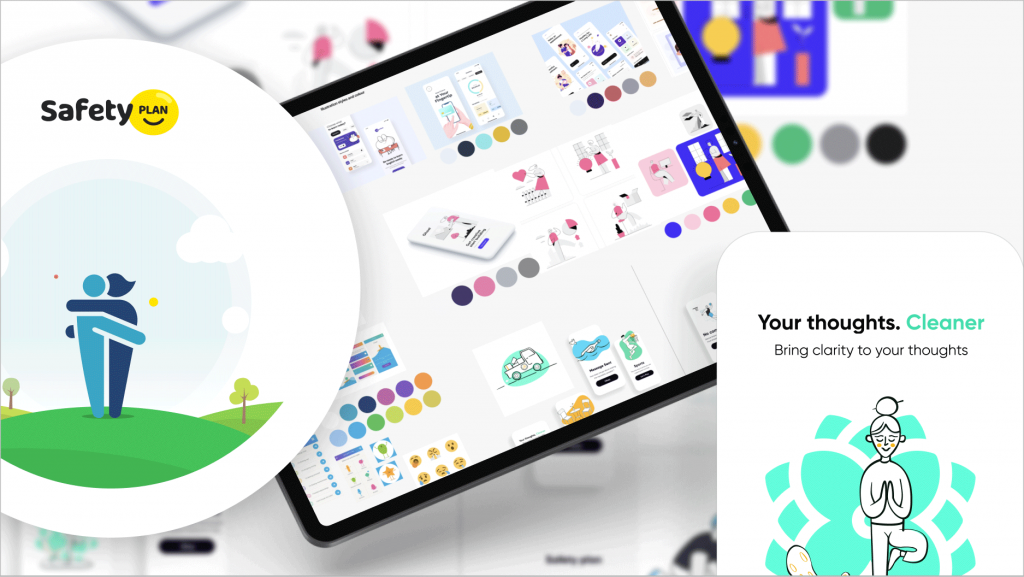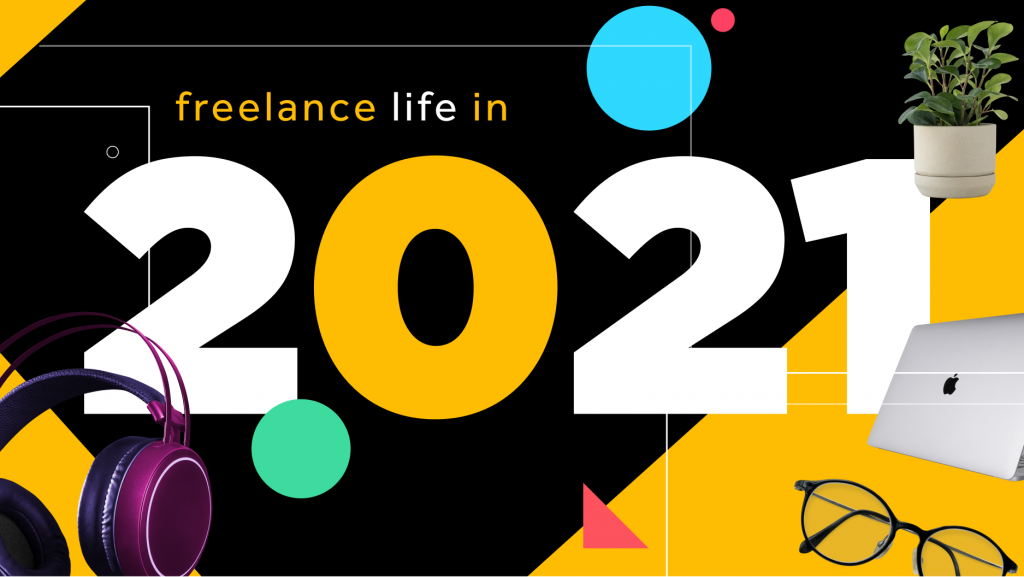How to stay organised as a freelance designer and live your best life

Freelance work can be both exhilarating and overwhelming. On one hand, you have the freedom to design your lifestyle and work on a variety of interesting projects. On the other hand, freelance work can be unpredictable and chaotic, making it difficult to stay organised. I have found that organisation is key to success. In this article, I will share some of the tools and techniques that I use.
Use the right tools
One way to stay on top of things is to use project management software such as Trello or Asana or even your Google Calendar. These tools help you to keep track of deadlines, milestones, and tasks and are essential for an efficient schedule.
Create a schedule, design your lifestyle
Time management is critical for any freelancer. Without a set schedule, it can be easy to get caught up in other commitments and let work fall by the wayside. That’s why it’s important to set aside specific times for your work. Of course, there will always be exceptions – emergencies come up, clients need last-minute changes, etc. But in general, it’s important to treat freelance work like any other job.
There are a few different ways to approach this, some freelancers prefer to set aside certain days of the week for work and to treat those days like normal business hours. Others prefer to break up their week into smaller blocks of time and to work on projects for a few hours each day. Ultimately, there isn’t one right way to do things – it’s all about finding what works best for you and your lifestyle. However, you choose to approach it, setting a regular schedule is essential for any freelance designer.
Stick to a routine
Another technique is to establish routines and stick to them as much as possible, this can be a challenge as you don’t have the same structure and support that you would in a traditional office environment. I start my day with a cup of coffee and 30 minutes of personal time before I start working on client projects – this gives me time to clear my head and get into a productive mindset.
I also like to commute to a collaborative co-working space and that helps my weekly routine. Having impulsive office conversations is what I’ve missed since the pandemic and it forces me to maybe go out for lunch, take breaks and embrace normality again.
Take a break, it’s important
It’s important to take breaks and give yourself time to relax. Freelance work can be stressful, so it’s important to take care of your mental health. I often give projects I work on a chance to breathe, if I re-visit a piece of work after lunch or the following day I instantly know if it feels right or maybe needs more work before presenting it back to a client.
Don’t forget to go on holiday
As a freelance designer, one of the great advantages is that you can take a holiday whenever you want – as long as you can afford it! Of course, this means that there is no such thing as paid holiday leave, but it also means that you are free to travel and explore as you please. If you have a big project due, then you may need to stay home and work, but otherwise, you can take advantage of the flexibility that freelancing offers, there is no need to ask permission or worry about using up your leave allowance. Just pack your bags and go!
Be transparent with clients about deadlines
One of the most important things you can do is be transparent with clients about deadlines. When a client agrees to work with you, they’re trusting you to deliver a high-quality product on time and within budget. When it comes to design work, there is often a lot of moving parts and unforeseen challenges that can arise. If you’re not clear about deadlines from the start, it can create problems down the line.
Keep your clients informed about your progress and let them know if anything changes – by being upfront and honest, you’ll build trust and ensure that everyone is on the same page. This will make for a smoother working relationship and a better result and keep clients coming back.




0 Comments
Nobody has left a comment yet, be the first and leave your thoughts.